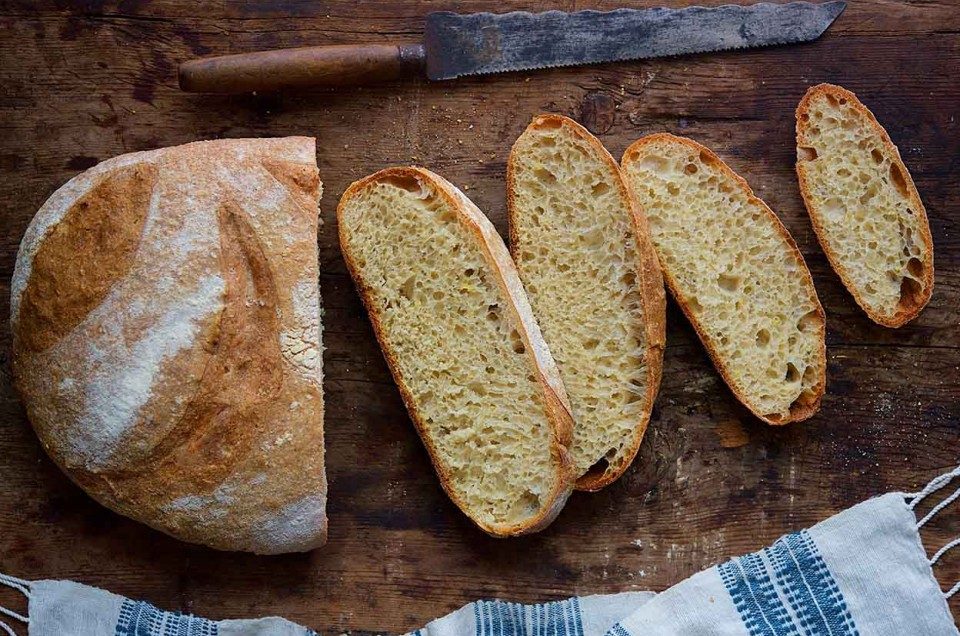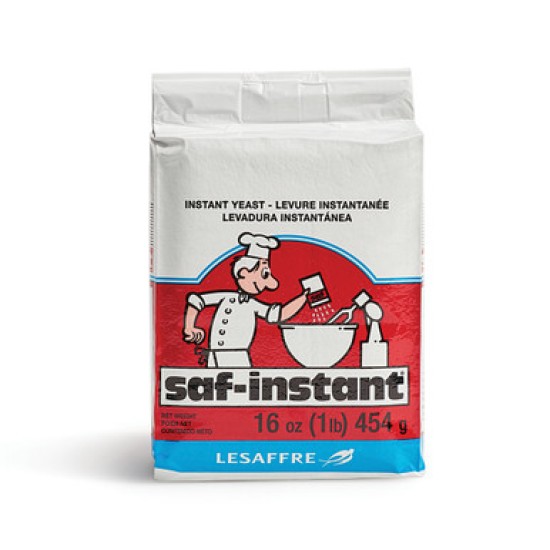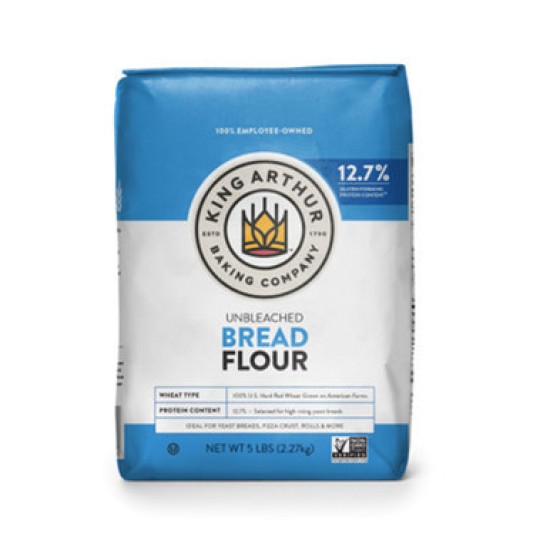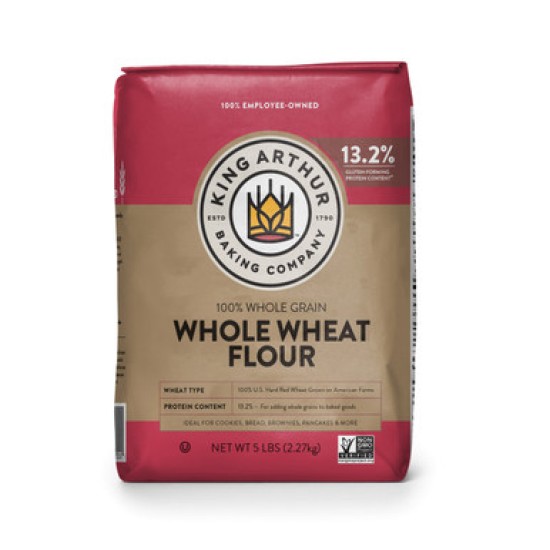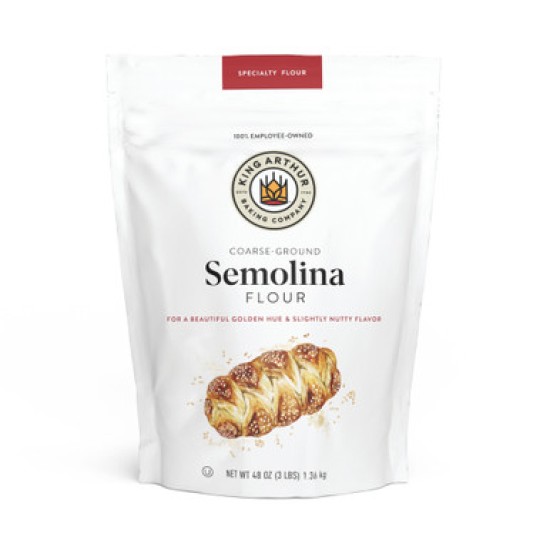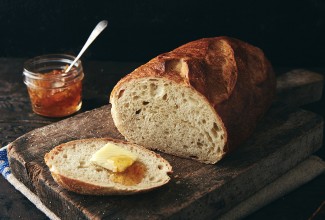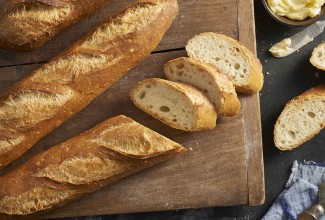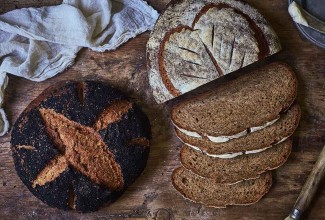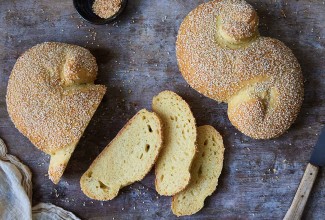-
To make the sponge: Weigh your flour; or measure it by gently spooning it into a cup, then sweeping off any excess. Place all of the sponge ingredients in the bucket of your bread machine. Program the machine for dough or manual, press start, and let the machine run until everything is thoroughly combined. Close the lid, cancel the machine, and let the sponge rest at room temperature overnight, or for 8 to 12 hours.
-
To make the dough: The next day, add all of the dough ingredients to the sponge in the bucket. Program your machine for dough or manual, and press start. As the dough begins to mix it should form first a soft mass, then eventually a ball that's soft, but not overly sticky. Adjust with additional flour or water as necessary.
-
When the cycle is complete, remove the dough from the machine. Cover it and let it rest for 30 minutes. If you want to leave the dough all day, place it in a lightly greased bowl, cover the bowl, and refrigerate it.
-
When you're ready to work with it, deflate the dough gently and form it into a round ball, Place the ball, seam side-down, on a cornmeal-dusted baking sheet or a linen-lined banneton or brotform. (This will help hold the loaf's shape as it rises and, because of the moisture-drawing qualities of the linen, help produce a chewy crust.)
-
Cover the dough lightly. Let it rise a second time until it's puffy and about 30% to 40% larger, about 1 hour (or longer, if the dough has been refrigerated). Don't let it rise too much, since it rises some more in the oven and, if it's over-proofed initially, it'll collapse as it bakes.
-
Preheat the oven to 475°F. Make several 1/4" to 1/2" slashes or crosshatches in top of the loaf, or try putting your risen loaf into the oven without slashing it first for a more rustic look (it'll develop its own natural split).
-
Using a clean plant mister, spritz the loaf with water. Spray some water into the oven, and place the bread on the lowest rack.
-
Spritz the oven walls every few minutes for the first 15 minutes of baking. Lower the heat to 425°F (this reduction in heat mimics the "falling oven" used by brick-oven bakers, and will give your bread an incredible crust), and continue to bake until well-browned, about 35 minutes. The interior temperature of the bread should register at least 190°F on a digital thermometer.
-
Remove the bread from the oven, and cool it on a rack before slicing. Or, for a crisper crust, allow the loaf to cool in the oven. When the bread is done, turn off the oven and crack the door open a couple of inches, leaving the loaf inside.
-
Store, cut side down, on a counter (do not cover). Your bread will remain fresh but not soggy for several days. (The moisture in the bread's interior gradually migrates to the surface, but since the cut side is covered, it can't escape there; instead, it must navigate its way through the thick crust, a much slower process. This keeps the bread's interior soft, and the crust hard and crunchy.)
